Un tabouret, une silhouette épurée et cette soudure brutale qui fend l’un de ses flancs. Rimaye est réalisé à partir de deux pièces d’aluminium en réponse à une nécessité de pliage : contrainte par la machine, la tôle de métal doit se diviser. Elle devient une fracture assumée sublimant la structure sans la fragiliser. La crevasse dans le glacier est à la fois l’entrave et le passage-clé, le point de rupture et sa propre résolution.
Utilisable comme assise ou table d’appoint, Rimaye ouvre un dialogue où chaque ligne trace une empreinte à la fois fonctionnelle et contemplative.
Ses teintes se déclinent du blanc au bleu, comme un glacier sous le soleil, du lumineux de la neige aux ombres glacées des crevasses.
A stool, its sleek silhouette and the bold weld that rips one of its sides. Rimaye is made from two aluminium pieces, responding to a folding need: the metal sheet needs to split due to the machine. It becomes an intentional fracture, enhancing the structure without weakening it. The crevasse in the glacier is both the obstacle and the key passage, the breaking point and its own resolution.
Usable as a seat or a side table, Rimaye opens a dialogue in which each line leaves an imprint that is both functional and contemplative.
From white to blue, its colours resemble a glacier under the sun, from the brightness of the snow to the icy shadows of the crevasses.

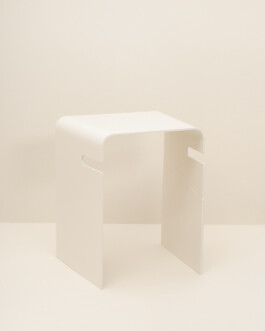
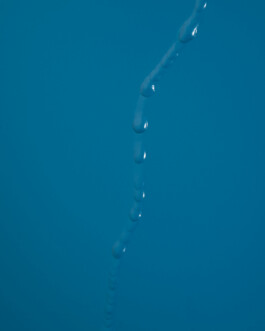

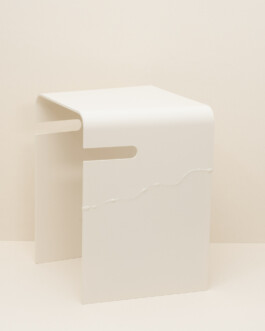
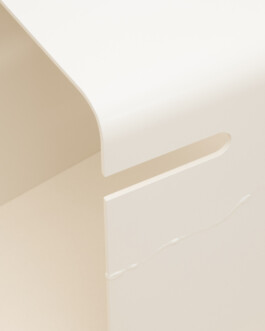
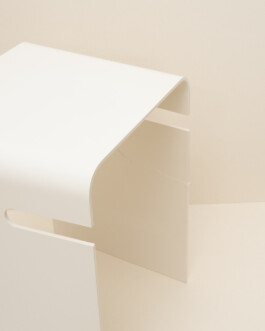

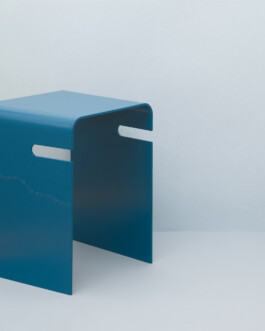

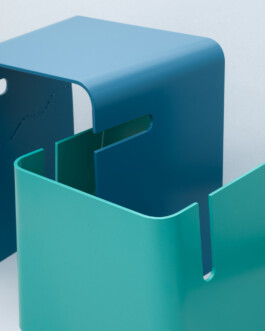
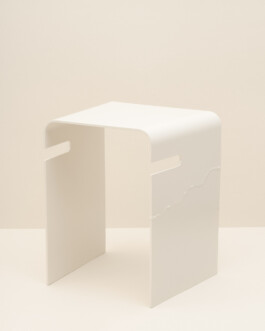
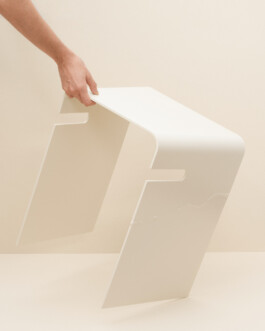
© 2025 | Contact | Instagram | Legal Notice | Terms & Conditions
© 2025 | Contact | Instagram | Legal Notice | Terms & Conditions